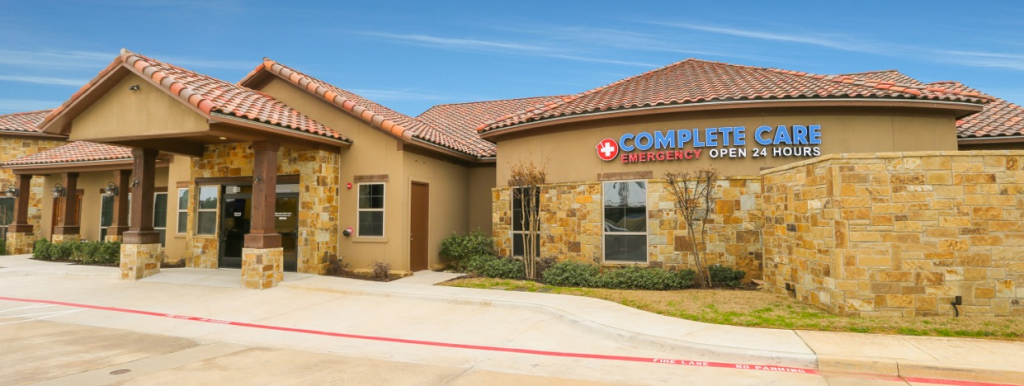What is Rosacea?
Conditions
•
Aug 6, 2018

Rosacea is a skin condition that affects an estimated 16 million Americans. The condition is most commonly typified by redness of the skin and the appearance of small bumps. While doctors can suggest treatments and medicine to address symptoms, there are also steps that can be taken at home to promote healthier skin and reduce signs of rosacea.
Symptoms of Rosacea
The most noticeable symptom of rosacea is redness on the forehead, nose, cheeks, and chin. If conditions go untreated, broken blood vessels might start to show through the skin. Up to 50 percent of people who suffer from rosacea also have eye problems like pain, swelling, and redness from the broken blood vessels. Other symptoms include:
- Stinging or burning sensation
- Patches of dry, rough skin
- Larger pores
- Swollen, bulbous nose
- Broken blood vessels and bumps on eyelids
- Vision problems
What triggers rosacea?
- Alcohol
- Intense exercise
- Sunlight
- Stress
- Some medicines, including steroids or blood pressure drugs
- Hot or spicy foods
What causes rosacea?
While the causes aren’t completely known, some factors that play a role are:
- Genetics: Rosacea often runs in families.
- Blood vessels: Blood vessels prone to problems like sun damage can cause redness in the face.
- Bacteria: While H. pylori normally live in the gut, there is some evidence that people with rosacea may have more of these bacteria in their bodies, although those studies are not conclusive. Having too much H. pylori prompts the release of excess gastrin, a digestive hormone that can cause flushed skin.
Rosacea Risk Factors
People are more likely to get rosacea if they:
- Are between the ages of 30 and 50
- Are a woman
- Have light skin, blonde hair and blue eyes
- Have family members with rosacea
- Suffered from severe acne
- Smoke
Treatments for Rosacea
While there isn’t a known cure for rosacea, there are many treatments that can help manage bumps, redness and other symptoms. Some medicines that might be prescribed are:
- Azelaic Acid: Foam or gel that clears redness, swelling, and bumps
- Brimonidine (Mirvaso): Gel that tightens blood vessels and helps diminish redness
- Isotretinoin (Amnesteem, Claravis, and others): Acne drug that clears skin bumps
- Metronidazole (Flagyl) and doxycycline:Antibiotics that kill bacteria and reduce redness and swelling
It can take anywhere from weeks to months for the skin to improve using these medicines. There are also procedures doctors may recommend, including:
- Electrocautery: An electric current that eliminates damaged blood vessels
- Dermabrasion: Cosmetic treatment that removes the top layer of the skin
Skin Care for Rosacea
Keeping skin healthy is vital. Try to pinpoint what triggers an outbreak and avoid it. Some general tips to follow are:
- Use gentle skincare products. Avoid creams and cleansers that include fragrance, alcohol, witch hazel, and other harsh ingredients. Gently pat face dry after cleansing.
- Use moisturizer. Keeping skin moisturized will help diminish dry patches, especially in cold or windy weather.
- Put on sunscreen daily. SPF 30 and up is recommended. Add additional protection by wearing a wide-brimmed hat that covers the face.
- Don’t forget to care for irritated eyes. Rosacea tends to make eyes red and irritated. Use a watered-down baby shampoo or eyelid cleaner to wash eyelids daily. A warm compress will help alleviate irritation.
Complete Care Is Your Best Choice for Your Medical Needs
No matter how mild symptoms may appear, if you think you may have rosacea, don’t hesitate to visit your nearest Complete Care urgent care location. Each urgent care facility is fully equipped to treat patients of all ages, including those experiencing rosacea or similar skin conditions.
